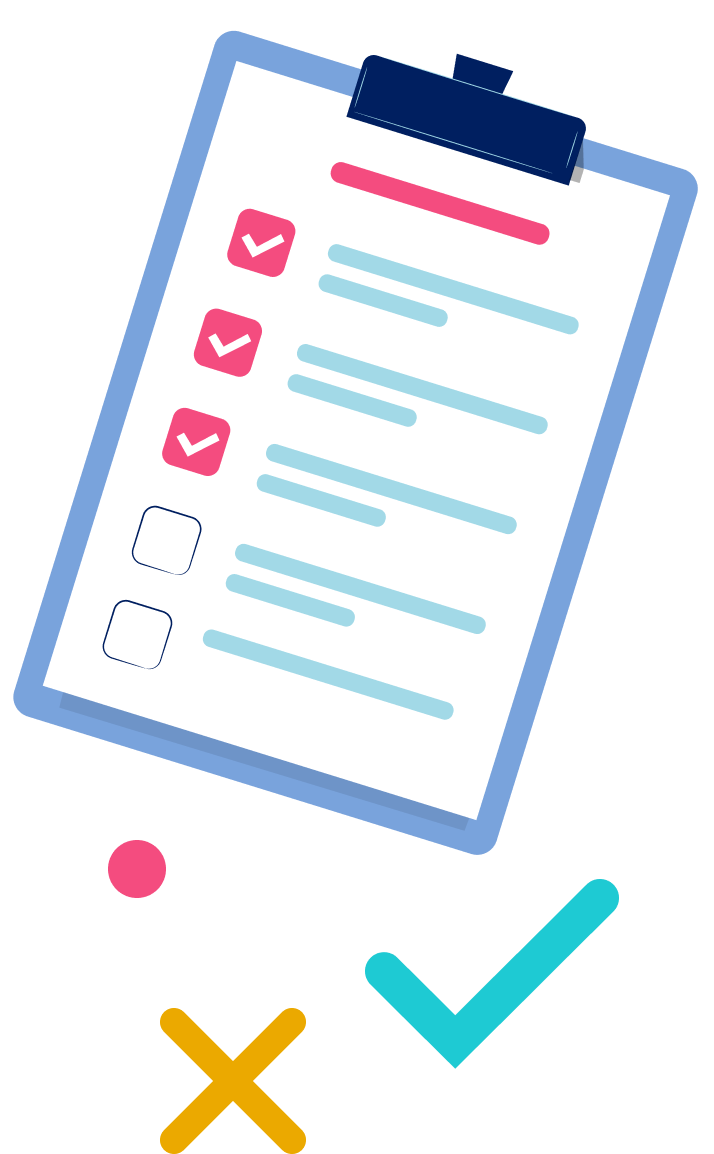
I might be your next caller. I’m moving 2000 miles away. My partner left to start his new position. I stayed back to let our kiddos finish school. On top of all that, we moved in with my mother so that I could sell our house. And I am still working remotely!
My patience is in short supply.
I’ve had to make calls to all sorts of companies in the process of moving. I am spread thin, and making these calls hasn’t been easy.
Let’s say you’re the plumbing business I call because the sink in my house broke, or you’re the insurance company I’m calling to navigate new car insurance, or you’re my contractor and you haven’t shown up when you said you would?
Trust me on this one—tough customer calls (or interactions) are so much easier when you plan for them and everyone in your business is trained to take the same approach. Something transformative happens when you turn the conversation around—because it’s hard-won, it matters so much more, and can likewise have a ripple effect on your business culture.
This article probably won’t be our last on the topic, so consider this your 101 course— what follows is a starting place for you to begin thinking about your training on conflict resolution and de-escalating stressed and agitated customers.
But before I give you those three steps, let’s get one thing straight:
It’s not really about the buttercream.
Let’s you run a bakery and a customer calls infuriated about the texture of their cake’s buttercream. If you have a customer that infuriated about cake texture, it’s probably not about that at all. History and circumstances often inform our behavior, and there’s likely something in the distant or near past that has triggered this anger.
The first and absolutely foremost thing to establish with your employees is that it’s a total waste of time to take someone else’s anger, exasperation, or frustration personally.
In fact, it’s worth the effort to post this somewhere in your office:
It’s not about me.
or, if you have our sense of humor:
It’s not about the buttercream.
Either way, that simple phrase establishes an others-first culture in your workplace, and from there, you can plan for these tough customer interactions. It’s important to note that de-escalation should be a part of your employee training. It shouldn’t and can’t be just you who knows how to do it. So let’s get into it.
Step 1: Lay a strong foundation of listening.
The best listening is active and reflective.
Active listening means you acknowledge the customer’s feelings:
“Wow, I totally understand why you’re frustrated!”
Reflective listening means you reflect the complaint back to the customer:
“Let me make sure I heard you correctly. It sounds like you’re frustrated that we missed the ball on [fill in the blank].”
It’s important to train your employees to put their agenda aside and truly sit with the complaint. You might even ask them to envision a sponge—let it soak in so you can truly demonstrate empathy before you get down to business.
Implemented together, active and reflective listening demonstrate empathy. Find more tips on training your employees to do this type of listening here.
Step 2: Express gratitude.
Very simply put, a frustrated customer will not expect you to thank them.
Saying “thank you for bringing this to my attention”, or, “I really appreciate you taking the time to call us”, instantly shifts the tone and allows you to move forward with solutions. Humanity can big your biggest asset, and gratitude literally rewires your brain, lowering stress, increasing your metabolism, as well as reducing fatigue and inflammation.
Saying “thank you” and meaning it (and tone is so very important here!) is a radical action. Taking every opportunity to express gratitude sincerely will help you retain customers and employees, so don’t take it lightly. Look for ways to make it part of your company’s ethos.
Step 3: Build back trust.
Steps one and two do much of the work to shift the tone so that you can actually work towards a solution. What you do from there matters.
First, know when you need to take the blame. An agitated customer will know if you are avoiding fault, which is super frustrating, especially if the error is obvious. Honesty and integrity are essential if you genuinely want to connect with your customers and create lasting relationships.
Next, offer concise and respectful choices. Train your employees on what those choices are, and make sure they are empowered to provide them.
One great practice is to poll your employees with this question:
What are pain points in our company’s customer service journey?
Then tackle that feedback, and continue to champion that feedback loop. This is yet another way to provide a consistent experience to your customers and retain employees by providing a psychologically safe workplace.
When it doesn't work…
Occasionally, this de-escalation process won’t work. It’s critical that you and your employees have the same expectation about how to handle these worst-case scenarios.
It’s vital for you or an employee to remain calm and bring the conversation to an end, which might mean practicing your approach. We’re not saying you should use a script—that could lead someone to react with more frustration—but having a few key phrases in your back pocket.
For a customer who demands a discount or freebie that you aren’t allowed to give, try something like this:
“I’d really love to offer you something like that, but I’m unfortunately unable to. I don’t want to promise you something and end up disappointing you. I’m happy to review the solutions I can offer you again.”
For a customer who continues to repeat why they are angry, even after you’ve already provided them with solutions:
“I hear you and I really appreciate you calling. It sounds like we really might not be able to reach a solution for you today beyond what I can offer. I’m so sorry about that. Thank you for your time and understanding.”
For a customer who starts to make it personal, insulting you or an employee:
“I understand how frustrated you are. I’m on your side and want to find a solution for you. If you continue using insults, I will hang up the phone.”
Who doesn't love a good de-escalation?
I worked in customer service a long time. Those “I turned it around” conversations are the ones I remember.
Here’s one final scenario.
I recently called my homeowner’s insurance agency because a piece of mail I received confused me. The woman who worked with me, after I explained my issue (in a “what the heck!” tone of voice) said:
“Oh my gosh! I can totally understand why you would be confused!”
(Hello, active listening!)
Then she said, “It sounds like you’re confused because you don’t work with our insurance anymore and you don’t own this house anymore. That makes total sense. Here’s what I’d suggest…”
She provided a concrete solution, offered to email me the documentation I needed, and told me she would follow up with me in a week—and then she did.
Listening, sincerity, trust. De-escalation in five ingredients or less—just like buttercream.
How does your business stack up?
Take this 10-minute customer service quiz.
More than technology, marketing, or even a great product or service, the experiences people have with a business are what matter. In fact, the majority of consumers consider customer service a deciding factor in making purchases.
That means if you’re not providing the right experiences, you’re missing out on serious opportunities. Find out what kind of customer service your business provides—along with tips to get on the right track or go even further.




